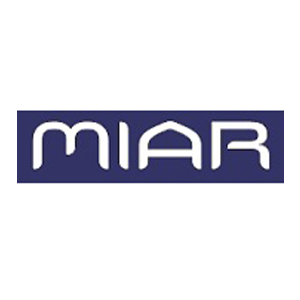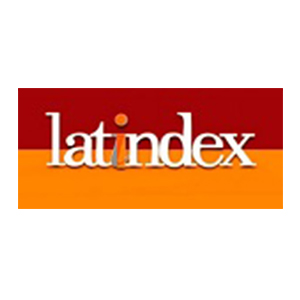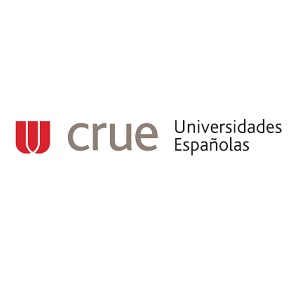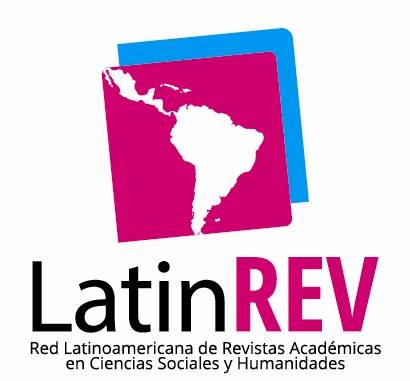
Submissions
Submission Preparation Checklist
As part of the submission process, authors are required to check off their submission's compliance with all of the following items, and submissions may be returned to authors that do not adhere to these guidelines.- 1. The petition has not been previously published, nor has it been submitted to another journal (or an explanation has been provided in Comments to the editor).
- 2. The file sent is in Open Office, Microsoft Word, RTF, or WordPerfect format.
- 3. Web addresses have been added for references where possible.
- The title of the text must have a Noto Sans font, size 14 points, bold, aligned to the left and line spacing 1.2 cm, in the body of the work, Noto Serif font 11 points and line spacing 1.5 cm ; and all the illustrations, figures and tables are within the text in the place that corresponds to them and not at the end of the whole.
- 5. The text complies with the bibliographic and style requirements indicated in the Guidelines for Authors, which can be found in About the journal.
- 6. If you are submitting to a peer-reviewed section of the journal, you must make sure that the instructions in Ensuring a blind review have been followed.
- Envía el formato de Certificado de autoría y originalidad del artículo, la Hoja de vida para autores, el Autorización de publicación de artículos y Autorización de publicación en el Repositorio Institucional UA
- Enviar el artículo de acuerdo a la plantilla de presentación de artículo
Author Guidelines
Contributions shipping address: collectivus@mail.uniatlantico.edu.co
1. The publication norms for the writing of the articles are based on the Publication Style Manual of the American Psychological Association (APA).
Sending originals
2. The works must be original and unpublished, they must not have been accepted for publication in another magazine or book. Likewise, articles that reach the Collectivus magazine cannot be presented simultaneously to other magazines or editorial bodies.
The authors will send the original file in digital format (Word) by email to the address mentioned above, stating in the subject: “Article for Collectivus”. The authors must send on a separate page their data regarding: Names and surnames, academic titles, current workplace or study, research group to which they belong, last two publications (in the case of books, the title of the (the place of publication, the publisher and the year), postal address, telephone number and email address. The same file must include the provenance of the article (in the case of being the result of an investigation, information on the project of which it is part and the name of the financing institution).
Thematic
3. The works must deal with topics related to the areas of knowledge of the Social Sciences and Humanities. The magazine includes different areas of knowledge such as: sociological studies that confirm social reality, the field of geography, the understanding of sociocultural phenomena and studies directly related to the use of strategies, techniques and tools for social research.
Languages
4. Texts may be sent in Spanish, Portuguese, French, Italian or English.
Content and structure of the article
5. Each original must contain the following:
a. First page
- Title of the article, in capital letters (in Spanish and English, and where appropriate in the original language). Arial typeface, 12 point size, bold, centered and spaced 1.0 cm. The title must be concise, avoiding excessive verbalism that does not add information
- Name and surname of the author or authors, in capital letters. Besides, the entity or work center to which they belong, detailing the contact address, both postal and email address. Arial typeface, 12 point size, centered and spaced 1.0 cm.
- Summary of the article, in Spanish and English, with an extension of no more than 10 lines, followed by keywords that clearly reflect the specific content of the text (between three and six keywords will be included). Review terms and hierarchies established in bibliographic listings (THESAURUS), and look for correspondence between titles, abstracts and keywords. It is recommended to structure the abstract succinctly as follows (especially for articles that present research results: introduction, which includes the purpose of the research; Methodology, including the procedures used (design, sample selection, methods, experimentation techniques and observation and analysis, etc.); Main results obtained in the article With the established structure, it will be avoided to start the summary by expressions of type "This article is about [...]", "This work includes [...]". The font for the text is generally set Arial 12 points, spaced 1.5 cm.
b. Following pages:
- Text of the article itself, including tables and figures, if any. Likewise, code the sections and epigraphs in the decimal system, in lower case (1. Title, 1.1. Subtitle, 1.1.1. […] 1.2. Subtitle, 2. Title) and avoiding exceeding three digits. The section titles do not have bleeding. The first level section titles are in bold.
The structure of the article will be the usual one of the different types of articles; In the case of research and studies, it is recommended that the article present at least the following aspects: Introduction; status of the issue or bibliographic review; research design and methodology used; description and analysis of results; discussion and evaluation of findings; conclusions.
- Notes and citations: Footnotes will be reduced to what is essential and will be numbered sequentially, in Arial typeface, 10 point size with simple and justified line spacing. The citations of authors in the text will use the American system that will only take the author's last name (inside or outside the parenthesis), followed by the year and, if applicable, the cited page number. Verbi Grace: If you want to cite an author, Izquierdo (2010), or both in parentheses (Izquierdo, 2010) as required by the thread of the speech; more than three authors (Izquierdo et al., 2006); if textual phrases of an author are quoted (five lines or less than forty words), they must be in quotation marks and then the reference of the citation, obligatorily indicating the page (Izquierdo, 2006, p.157) or pages (Izquierdo, 2006, pp.157 - 162. Verbatim citations of more than six lines or more than forty words must be written separately in Arial font, Size 11 points, line spacing 1.0 cm, without quotation marks and indented by 1.25 cm. If you want to highlight that what the author of the article said in his own words can be verified by comparing it with the original text referred to, the following format can be used (cf. Izquierdo, 2006, pp. 16-21); if the same work very closely in the text, without other authors having interfered in the discourse, it is preferable not to repeat the author and year quote, but: (ob. Cit); if, in addition, the author to be cited has published more than one work in the same year, lowercase letters would be used after the date (Izquierdo, 2006a, p. 23), (Izquierdo, 2006b, p. 33).
- Bibliographic References, will go to the end of the article and in alphabetical order, according to the following models for a magazine article, book, book chapter and documentation from the internet.
* In the case of articles it will be indicated: Author, Initials. (year). Article title in lowercase. Magazine Title in Italics, volume (number, if any), pages where the article begins and ends (put the page number directly, it is not preceded by the abbreviation p. Or pp.).
Example:
Comelles, J.M. (2003). The return of the cultural. Cultural diversity and medical practice in the XXI century. Community Psychiatry Notebooks, 3 (1), 6-21.
* In relation to books, it should be referenced as follows: Author, Initials. (year). Book title (edition number, if this is not the first edition). Place of publication: Editorial.
Example:
Ibañez, J. (1994). The return of the subject. Social research of second order. Madrid: XXI century of Spain Editors.
* For book chapters when the author of the chapter is the same as that of the book, it will be cited according to the following
Example:
Cook, T. and Reichardt, Ch. (1996). Towards overcoming the confrontation between qualitative and quantitative methods. In Qualitative and quantitative methods in evaluative research (pp. 25-58). Madrid: Ediciones Morata, S.L.
* For book chapters when the author of the chapter differs from the author / publisher of the book, it will be referenced according to the following
Example:
Aguilar, M. (2003). The migratory journey. In M. Laparra (Ed.), Foreigners in Purgatory: Social Integration in Local Space (pp. 91-97). Barcelona: Ballenera, S.L.
* When you have to cite documentation from the Internet (either from electronic journals or other documents), after identifying the article or document, the link and the date of consultation of the website will be recorded.
For example:
Waiter, L. (2004). Statistical versus social representativeness. The genre of the first "FOESSA" surveys. Survey Methodology, 6 (1), 128 - 144. Retrieved from http://www.sipie.net/esp/uploads/96d6cd42-d7b3-2fe5.pdf
* When there is more than one author, the one that appears prominently will be recorded first; if there is none that stands out, it will be indicated in the order in which they appear. Likewise, if there are more than three names, just indicate the first, the first two or three; the rest can be omitted by adding the abbreviation (et al.).
* For presentations, conferences, among others, it will be indicated according to the following example:
Levín, R. (2006). Sexual theories. In XXVIII Symposium and internal congress 2006: Remember, repeat and elaborate: walls and bridges (pp. 187-199). Buenos Aires: Buenos Aires Psychoanalytic Association.
Paper recovered online. Levín, R. (2006, September). Sexual theories. Paper presented at XXVIII Internal Congress 2006: Remember, repeat and elaborate: walls and bridges. Buenos Aires. Recovered from http://www.sipie.net/esp/uploads/96d6cd42-d7b3-2fe5.pdf
* Articles in mass circulation magazines or newspapers.
Example:
Vargas, M (2001, March 18). Clothing miners. El País newspaper, p. twenty-one.
Presentation, style and format
6. The length of the articles of the "Monographic Theme" or "Other Themes" will be a maximum of 8,000 words, including the text, tables, graphic material, notes and bibliographic references. The page will be Letter / Letter USA size, with all 3 cm margins (upper, lower, right, left), the font will be Arial, in 12-point body and spaced at 1.5 cm. Paragraphs will have normal indentation at 1.25 cm and full justification. All pages should be numbered in Arabic at the bottom of the page centered.
7. Figures and tables: It is necessary to contemplate only figures and tables, which must have sufficient graphic quality for their reproduction. The denomination of figures includes: diverse and similar graphics, maps, photographs, drawings; the name of tables includes, in addition to various tables, statistical tables. The pertinent name for the content presented in each case must be used, properly: figure or table. The image files will be prepared for publication without modification in the following graphic formats: JPG, GIF, BMP or PNG.
Figures and tables must be numbered sequentially in Arabic numerals. Verbi Grace, Figure 1, or Table 1, etc. Likewise, both the figures and the tables must have a title, located at the top of the figure or the table, precisely describing what is to be represented and located within the text near where they are cited; In addition, the source (abbreviated bibliographic quote) or indicating if it is made by the author; the letter of the titles and tables will be of Arial type, bold, size 12 points, centered; the font will be Arial type, size 10 points justified to the figures or tables, single line spacing and below the figure or table. Verbi gracia, Figure 1. Percentage map of urban population (title centered, upper part of the figure). Source: Own elaboration (centered source, below the figure or table).
8. The newsroom will ensure compliance with these standards, so the originals that do not comply with them will be returned to their authors, indicating the formal and style corrections that are deemed necessary. In general terms, the Editorial Committee reserves the right to introduce the changes that seem appropriate.
_______________________________________________________________________________________
Guidelines for authors
Authors may send their contributions to the following e-mail address: collectivus@mail.uniatlantico.edu.co
1. The papers must be written following the standards of the Publications Style Manual of the American Psychological Association (APA).
2. The papers must be original, unpublished and not been accepted for publication in another journal or book. Likewise, the papers submitted to the Collectivus journal are required not to be presented simultaneously to other magazines or editorials.
3. The original papers will be sent by the author (s) in digital format (Word) to the e-mail address mentioned above, stating in the subject line “Article for Collectivus”.
The authors should send on a separate file (page) the following information: full name, academic degrees, current place of work or studies, research group to which they (he) belong(s), the last two publications (if the publication is a book it should be mentioned its title, place and date of publishing, and the publisher), the postal address, phone number and e-mail address. In the same page it must be declared the kind of paper (review, investigation,...). In the case when the paper comes from an investigation it should be indicated the Project from which the paper arises and its founding institution.
Subjects
The works should deal with topics related to the areas of knowledge of the Social Sciences and Humanities. The journal includes different areas of knowledge such as: sociological studies that confirm the social reality, geography, the understanding of sociocultural phenomena and studies directly related to the use of strategies, techniques and tools of social research.
Languages
4. The papers may be submitted in Spanish, Portuguese, French, Italian or English languages.
Content and structure of the article
5. Each paper must contain the following:
a) First page
- Title of the article, in capital letters (in Spanish and English, and where appropriate in the original language). Letter type Arial, size 12 points, bold, centered and 1.0 cm. The title should be concise, avoiding falling into excessive verbalism that does not add information
- Full name of the author or authors, in capital letters. In addition, the entity or work center to which they belong, detailing the contact address, both postal and email address. Letter type Arial, size 12 points, centered and 1.0 cm. of line spaces.
Abstract of the article, in Spanish and English, with an extension of no more than 10 lines, followed by the key words that clearly reflect the specific content of the text (three to six keywords will be included). Review terms and hierarchies established in the bibliographic listings (THESAURUS), and search for correspondence between titles, abstracts and keywords. It is recommended to structure the abstract succinctly in the following way (especially for articles that present research results: introduction, which includes the purpose of the research, methodology, including the procedures used (design, sample selection, methods, experimentation techniques and observation and analysis, etc.) Main results obtained in the article with the established structure, it will be avoided to begin the abstract by expressions such as "This article deals with [...]", "The present work collects [...] ". The font for the text in general is Arial 12 points, interlining 1.5 cm.
b. Next pages:
- Text of the article itself, including tables and figures, if any. Also, coding the sections and epigraphs in the decimal system, in lowercase letters (1. Title, 1.1 Subtitle, 1.1.1. [...] 1.2, Subtitle, 2. Title) and avoiding exceeding three digits. The section titles do not have indentation. The first level section titles are in bold.
The structure of the article will be the usual of the different types of articles; In the case of research and studies, it is recommended that the article present, at least the following aspects: Introduction; state of the issue or bibliographic review; design of the research and methodology used; description and analysis of results; discussion and assessment of findings; conclusions.
- Notes and citations: The footnotes will be reduced to the essentials and numbered consecutively, in Arial type font, size 10 points with simple and justified line spacing. Quotations by authors in the text will use the American system that will only bear the author's surname (inside or outside the parenthesis), followed by the year and, if applicable, the page number quoted. Verbi gratia: If you want to quote an author, Izquierdo (2010), or both in parentheses (Izquierdo, 2010) as required by the thread of the speech; more than three authors (Izquierdo et al., 2006); if textual sentences of an author are cited (five lines or less than forty words), it must be enclosed in quotation marks and then the reference of the citation, indicating the page (Izquierdo, 2006, p.157) or pages (Izquierdo, 2006, pp. 157-162. Literal citations of more than six lines or more than forty words should be written separately in Arial font, size 11 points, 1.0 cm spacing, without quotation marks and with a 1.25cm indentation. If the author of the article wants to point out that what he says in his own words can be checked by comparing it with the original text to which reference is made, the following format can be used (see Izquierdo, 2006, pp. 16-21); if the same work is quoted very closely in the text, without quoting other authors in between, it is preferable not to repeat the author and year, but use (Ob.Cit), if the quoted author has published more than one work in the same year, use lowercase letters after the date (Left, 2006a, p. 23), (Left, 2006b, p .33).
- Bibliographic references will appear at the end of the article and in alphabetical order, according to the following models for journal, article, book, book chapter and pages from the internet.
- * In the case of articles, indicate: Author, Initials. (year). Title of the article in lowercase. Title of Magazine in Italic, volume (number, if any), pages in which the article begins and ends (directly placing the page number, without using the abbreviation p. Or pp.).
- Example:
- Comelles, J.M. (2003). The return of the cultural. Cultural diversity and medical practice in the 21st century.Notebooks of community psychiatry, 3 (1), 6-21.
- * Books will be referenced as follows: Author, Initials. (year). Title of the book (in italic) (edition number, if this is not the first edition). Place of publication: Editorial.
- Example:
- Ibañez, J. (1994). The return of the subject. Social research of second order. Madrid: XXI century of Spain Editors.
- * The book chapters, when the author of the chapter is the author of the book, will be cited according to the following
- Example:
- Cook, T. and Reichardt, Ch. (1996). Towards an overcoming of the clash between qualitative and quantitative methods. In qualitative and quantitative methods in evaluative research (pp. 25-58). Madrid: Ediciones Morata, S.L.
- * The book chapters, when the author of the chapter differs from the author / editor of the book, will be referenced according to the following
- Example:
- Aguilar, M. (2003). The migratory journey. In M. Laparra (Ed.), Foreigners in Purgatory: Social Integration in Local Space (pp. 91-97). Barcelona: Ballenera, S.L.
- * When it is necessary to quote pages from the Internet (either from electronic journals or other documents), after identifying the article or document, the link and the date of the consultation of the Web site must be written.
- For example:
- Waiter, L. (2004). Statistical versus social representativeness. The gender of the first surveys "FOESSA". Methodology of Surveys, 6 (1), 128 - 144. Retrieved from http://www.sipie.net/esp/uploads/96d6cd42-d7b3-2fe5.pdf
- * When there is more than one author, the one that appears in a prominent place will be stated first; if there is none that stands out, it will be indicated in the order in which they appear. Also, if there are more than three names, it is enough to indicate the first, the first two or three; the rest can be omitted, adding the abbreviation (et al.).
- * The speaches, conferences and similar, will be indicated according to the following example:
- Levín, R. (2006). Sexual theories In XXVIII Symposium and internal congress 2006: Remember, repeat and elaborate: walls and bridges (pp. 187-199). Buenos Aires: Psychoanalytic Association of Buenos Aires.
- Paper retrieved online. Levín, R. (2006, September). Sexual theories Paper presented at XXVIII Internal Congress 2006: Remember, repeat and elaborate: walls and bridges. Buenos Aires. Retrieved from http://www.sipie.net/esp/uploads/96d6cd42-d7b3-2fe5.pdf
- * Articles from mass circulation magazines or newspapers:
- Example:
- Vargas, M (2001, March 18). Clothing miners. El País newspaper, p. twenty-one.
Presentation, style and format
6. The extension of the articles of the "Monographic Thematic" or "Other Themes", will be maximum of 8,000 words, including text, tables, graphic material, notes and bibliographic references. The page will be Letter / Letter USA size, with all margins of 3 cm (top, bottom, right, left), font will be Arial, body 12 points and line spacing 1.5 cm, paragraphs will have normal bleeding to 1.25 cm and full justification. All the pages should be numbered in Arabic centered at the bottom of the page.
7. Figures and pictures: It is necessary to consider only figures and tables, which must have sufficient graphic quality for their reproduction. The denomination of figures includes: diverse and similar graphics, maps, photographs, drawings; the name of tables includes, besides different kind of tables, the statistical ones. The appropriate denomination for the content presented in each case must be used properly: figure or table. The image files will be prepared for publication without modification in the following graphic formats: JPG, GIF, BMP or PNG.
Figures and tables should be numbered consecutively in Arabic numerals. Verbi grace, Figure 1, or Table 1, etc. Likewise, both the figures and the tables must have a title, located at the top of the figure or the painting, describing precisely what is wanted to be represented and located within the text near where they are cited; in addition, the source (abbreviated bibliographic citation) or indicating if it is self-created; the letter of the titles and pictures will be Arial type, bold, size 12 points, centered; the letter of the font will be Arial type, size 10 points justified to the figures or tables, simple line spacing and below the figure or frame. Verbi gracia, Figure 1. Percentage map of urban population (title centered top of the figure). Source: Own elaboration (source centered, below the figure or table).
8. The wording will ensure compliance with these rules, so that the originals that do not comply with them will be returned to their authors, indicating the formal corrections and style that are deemed necessary. In general terms, the Editorial Committee reserves the right to introduce changes that seem appropriate.
Copyright Notice
All material published on Collectivus, Revista de Ciencias Sociales, are the exclusive property of Universidad del Atlántico, being necessary to cite the source for any partial or full reproduction.
Important: Articles published on Collectivus, Revista de Ciencias Sociales are the sole responsibility of their authors and do not represent the thought of the members of the journal’s team
Copyright are property of Collectivus, Revista de Ciencias Sociales. Therefore, no part of this publication may be reproduced without the prior written permission and in accordance with standards and distribution license “Creative Commons Attribution-NonCommercial 4.0 International”.
Privacy Statement
The names and email addresses entered in this magazine will be used exclusively for the purposes stated by this magazine and will not be available for any other purpose or to any other person.






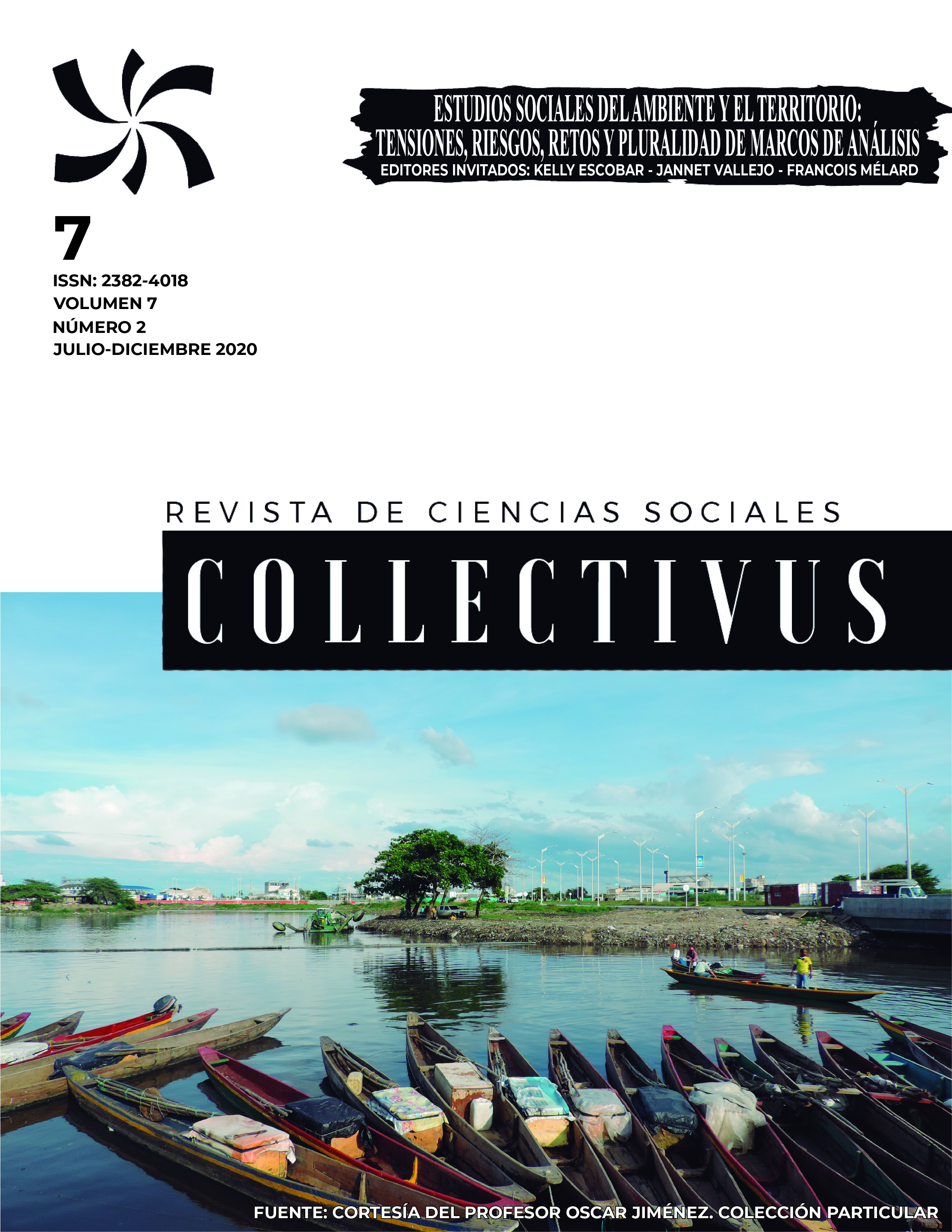
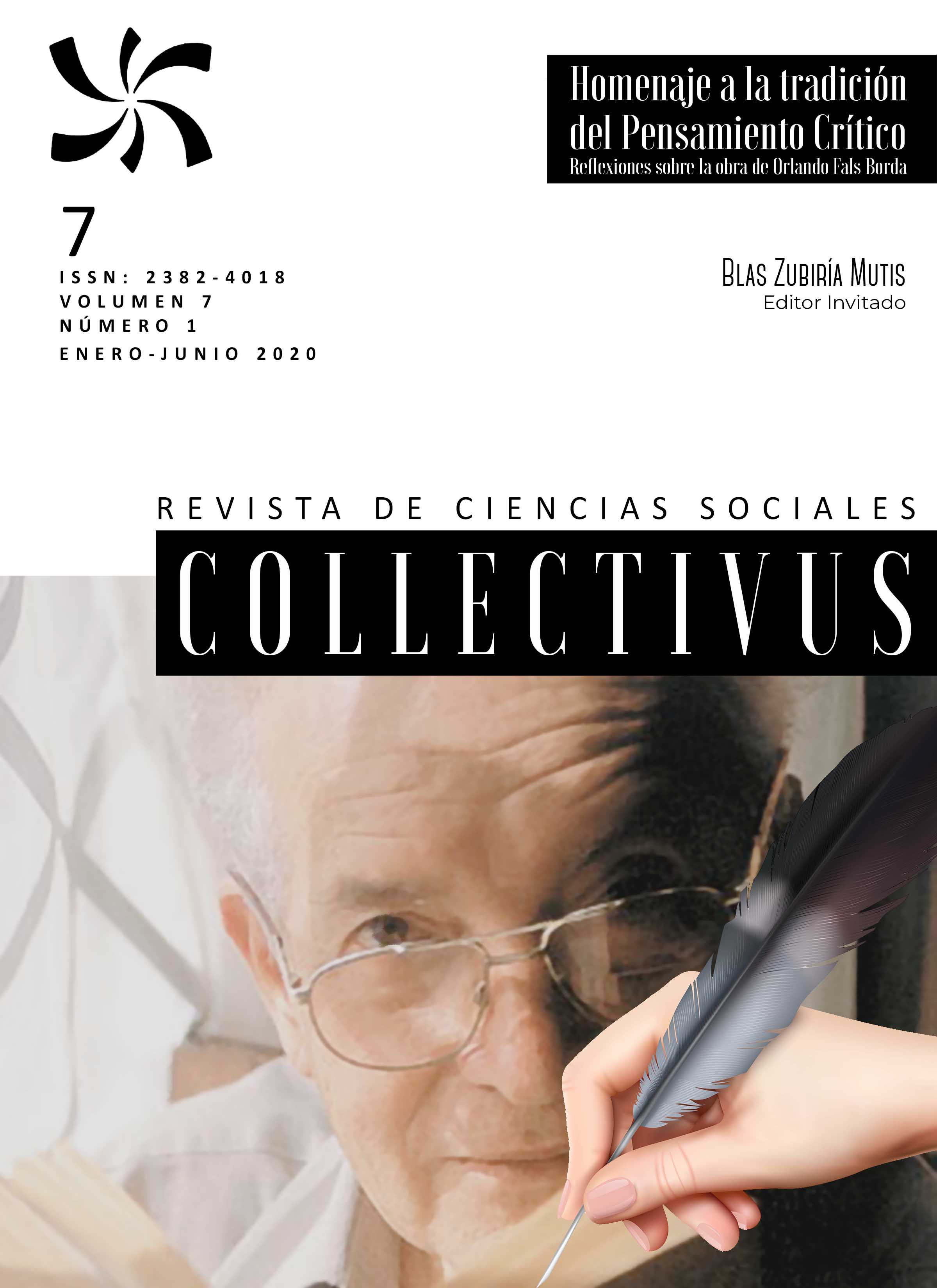

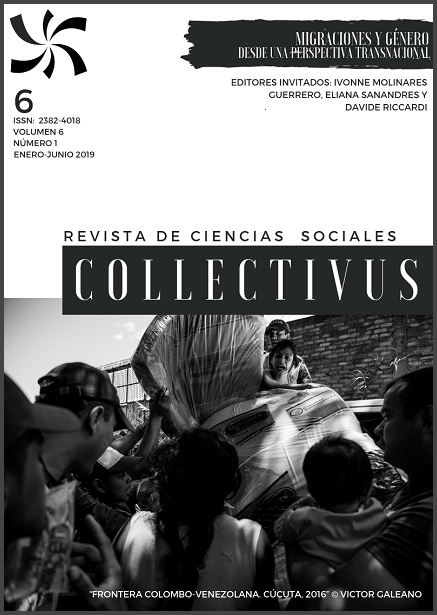



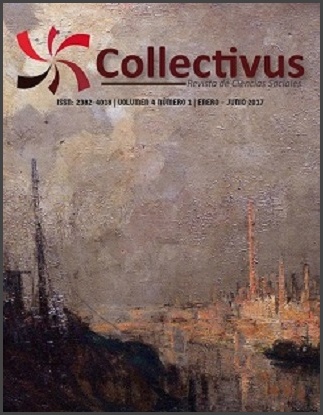



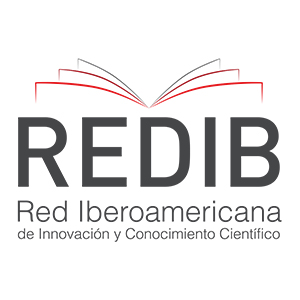
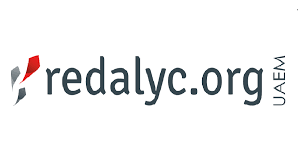
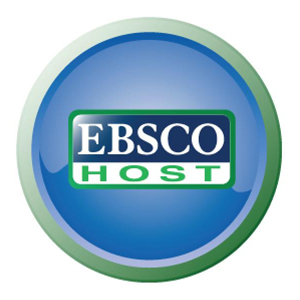
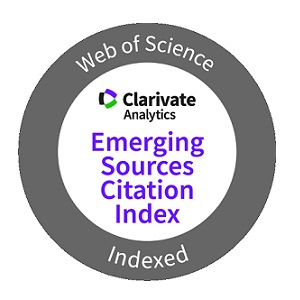



.jpg)
.PNG)
